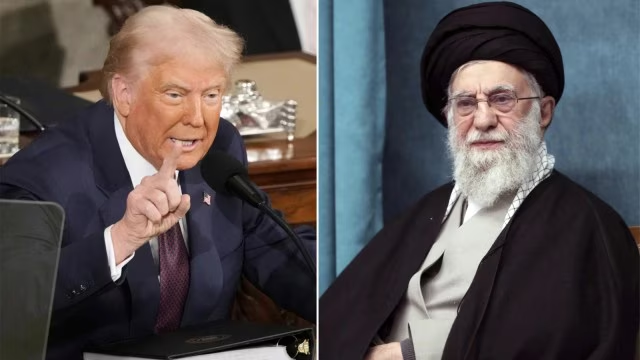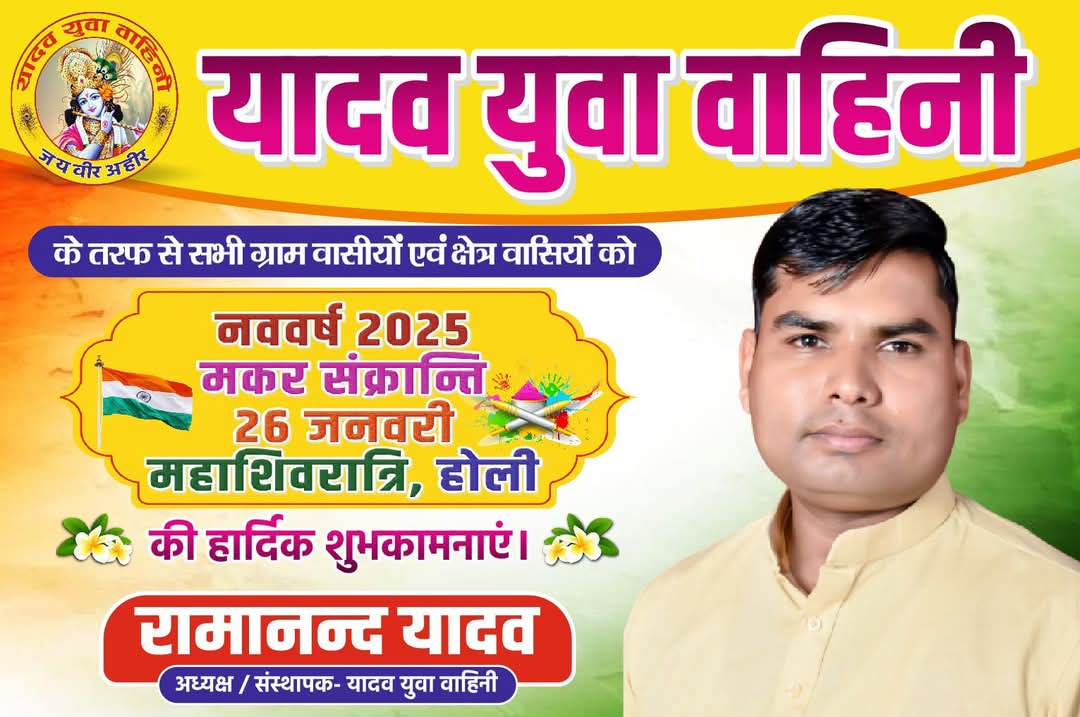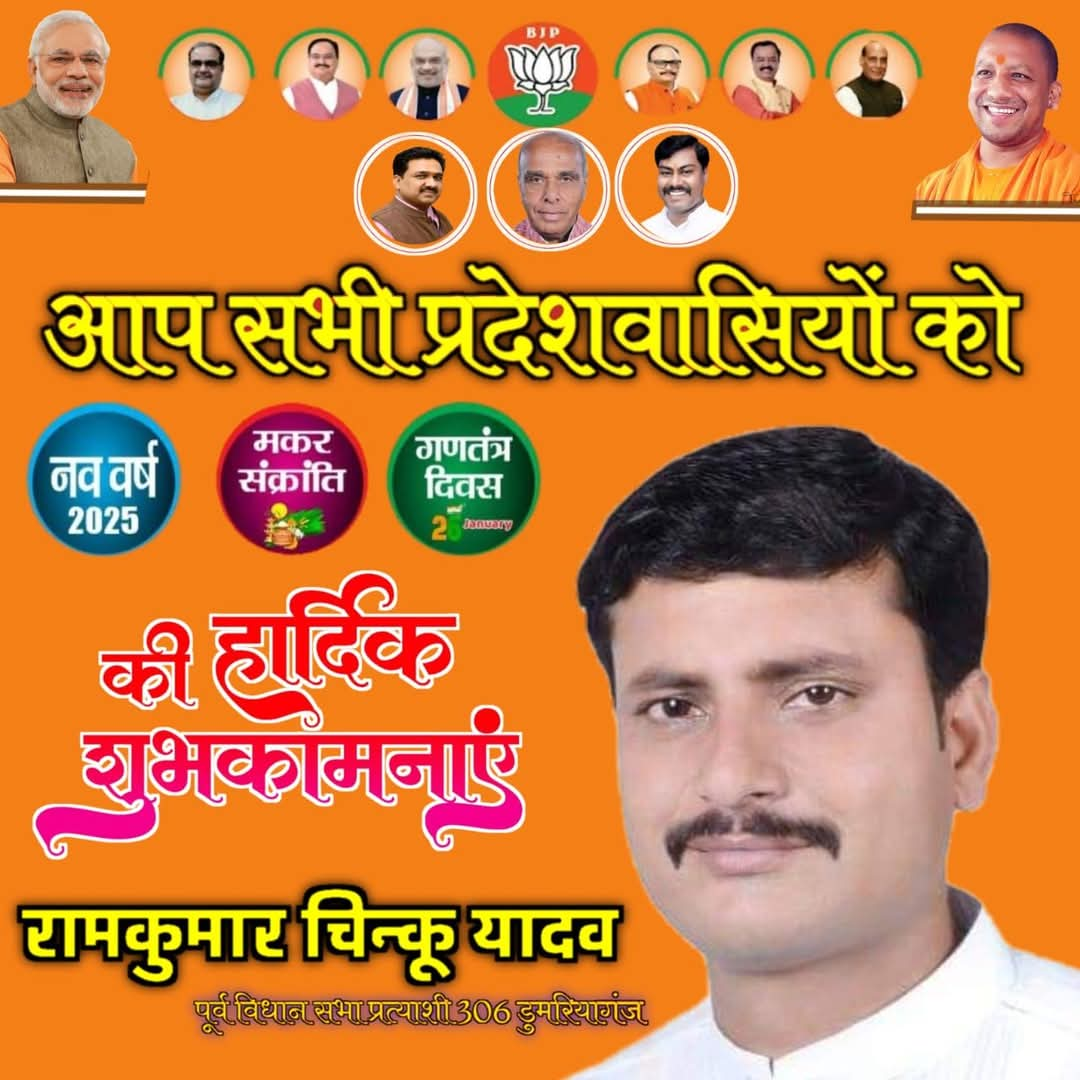“I’d like somebody to mention that day that Martin Luther King, Jr, tried to give his life serving others.” King’s own words, from his sermon “The Drum Major Instinct,” echoed through the church at his funeral—prophetic and poignant.
Fifty-seven years ago, on April 4, 1968, an assassin’s bullet struck King as he stood on the second-floor balcony of the Lorraine Motel in Memphis, Tennessee. He had come to the city to lead a march in support of striking sanitation workers—another stand for justice in a life devoted to it.
Story continues below this ad
In his eulogy, Morehouse College President Benjamin Mays predicted that King’s thoughts about his death would not be sorrowful or full of remorse, and that he would probably say, “If death had to come, I am sure there was no greater cause to die for than fighting to get a just wage for garbage collectors.”
King is widely known for his leadership in the fight to abolish the segregation of African Americans in the South and other regions of the United States, and for advocating peaceful means to achieve civil rights and equality. At 35, he became the youngest man to receive the Nobel Peace Prize in 1964.
Although King had an uncertain death, his legacy and ideologies of equality and justice continue to live on in the form of various other movements that have since taken shape. His impact can be seen even today, far beyond the noted American civil rights movements, he has inspired diverse communities to take a stand and fight against injustices.
From the Dalit rights movement in India to the Black Lives Matter movement in the US, from the anti-apartheid activism in South Africa to the pro-democratic Hong Kong protests, he continues to inspire others.
Black Lives Matter: the fight against racial injustice continues
Story continues below this ad
The Black Lives Matter (BLM) movement started in 2013 after Trayvon Martin, an African-American teen, was shot dead by a neighbourhood-watch volunteer. The movement gained attention again in 2020 when African American George Floyd was murdered during a police arrest. The BLM movement aims to highlight racism, discrimination, inequality and police brutality experienced by Black people. It gained momentum due to the use of social media platforms like Instagram and TikTok.
Following Martin Luther King Jr’s steps, BLM activists used nonviolent protests, and mass mobilisations which eventually led to half a million people joining the demonstrations across 550 places in the country.
Dalit movement in India: fight for caste equality
During this visit to India, Martin Luther King Jr’s son and US civil rights activist Martin Luther King III said that Dr B R Ambedkar and Martin Luther King Jr were intellectually, morally, and philosophically inclined together and were brother revolutionaries. He noted that Ambedkar’s call to educate, agitate and organise was similar to the calls made by King to bring people together against discrimination.
King’s principle resonated with the Dalit rights movement led by Ambedkar in India which fought against caste-based discrimination. Ambedkar had already started his work against caste oppression in India but King’s widely known movements further inspired his nonviolent protests. King’s legacy can also be seen in modern resistance movements such as the Dalit protests of 2018 against the dilution of the Atrocities Act.
Anti-apartheid struggle: a parallel fight for justice
Story continues below this ad
In the face of the anti-apartheid struggle in South Africa, Nelson Mandela often acknowledged the influence of King in his methods to achieve equality. The movement opposed the system of racial segregation in South Africa. He stated that King’s dream of equality resonated with the dreams of South Africans. Mandela used civil disobedience as a tool of resistance against oppression. His calls for economic boycott and strategies for pressuring governments were inspired by King.
Hong Kong protests: nonviolent disobedience in digital age
In 2019-2020, almost 2 million people protested in Hong Kong against a proposed Bill which aimed to extradite suspected criminals to mainland China. They also demanded an independent investigation into the uncalled police brutality and unjust arrests. This agitation reflected King’s method of non-violent protests. Peaceful marches and slogans were called, mirroring King’s famous March on Washington for Jobs and Freedom where he delivered his famous speech, ‘I have a dream’.
Keeping Martin Luther King’s dream alive
Various movements inspired by Martin Luther King’s philosophy and ideas carried forward his legacy. However, with changing times, his methods were also adapted to meet the challenges and needs of the new world. This includes the extensive use of social media to gain public sympathy and mobilise people towards the right cause. It also helped in reaching out to communities which were untouched and unaware of the issues around them.
Though King advocated non-violence, greatly inspired by Mahatma Gandhi’s methods, some of the movements that were initially rooted in his ideologies took a violent turn, like the BLM movement which saw occasional violent incidents. Nevertheless, leaders of the BLM movement consistently emphasise King’s teachings as a guiding light for their efforts.
Story continues below this ad
Many of the injustices that he fought against still exist today. However, Martin Luther King’s ideas are still alive in these movements and will continue to remain so. As he once said, “The arc of the moral universe is long, but it bends toward justice.”
(The writer is an intern with indianexpress.com)
























Mohammad Rizwan: ‘Not even one per cent ashamed that I can’t speak English despite being Pakistan captain’